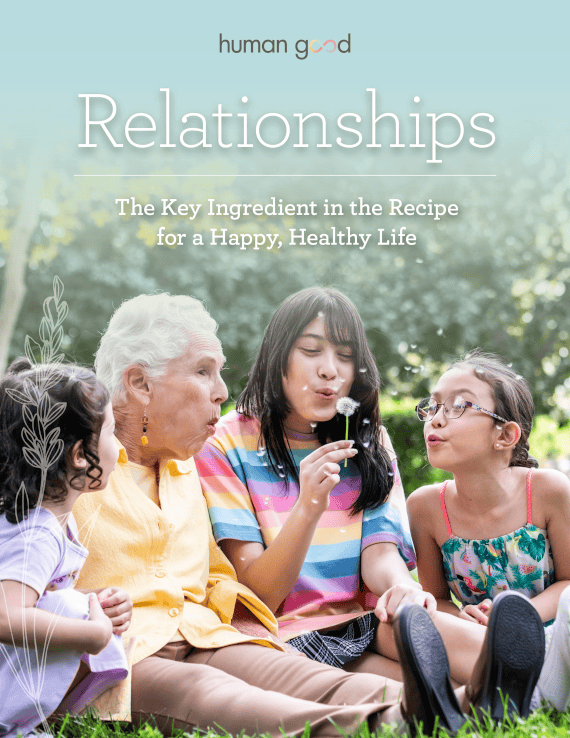In spite of this data, people are notoriously bad at affective forecasting (i.e., predicting how something will make them feel). So we take our cues from the culture. And our culture often tells us that money, power and visible success will make us the happiest. Yet pursuing these things doesn’t seem to make people very happy, and it distracts them from the social relationships that lend life real meaning. The takeaway? The fact that you want something — or don’t want it — doesn’t necessarily reveal much about how it will make you feel.
To illustrate, in one experiment, researchers asked participants to talk to a stranger during their morning train or bus commute. Participants complained about the effort, but despite this negative initial outlook, researchers found that merely talking to a stranger improved people’s moods and commute experience.
Not only does this show that social relationships are important for well-being even when we’re in a hurry or disinterested, but it also suggests that even fleeting interactions offer value. So pause, slow down and cultivate a spirit of friendliness and warmth. Get to know the barista, the cashier, the mail carrier. Welcome them into your wider social circle, and work together to brighten one another’s days and lives.
Does this sound familiar? Maybe you’ve prioritized other things over friendships or told yourself that building a village can wait until after you’ve built your savings, your house or your career. Aging, too, can make it more difficult to sustain connections. People move away. They quit driving. Getting together becomes more difficult.
It’s never too late to build deep connections that can improve your life today and your health for the long term.
Living in a communal environment such as a senior living community makes building social connections effortless and provides the perfect environment for deepening the connections you have. Here’s what you need to know about why social fitness is the most important ingredient in the recipe for lasting well-being.
 Community living is much more affordable than you think. Understand the costs involved with our comprehensive guide.What Does It Cost?
Community living is much more affordable than you think. Understand the costs involved with our comprehensive guide.What Does It Cost?






.jpeg)


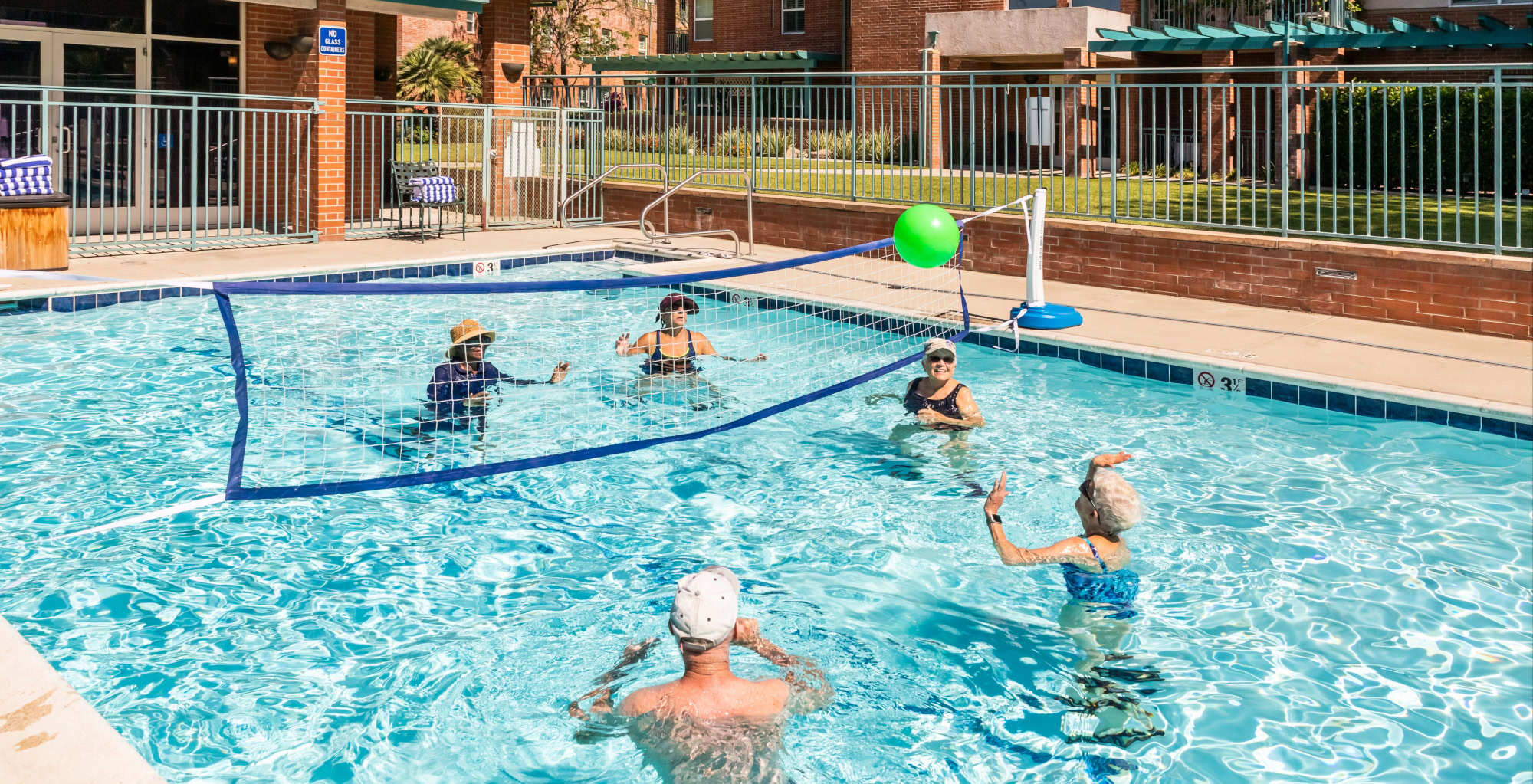
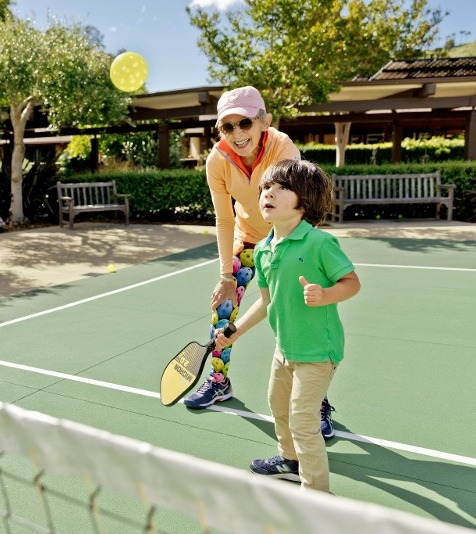
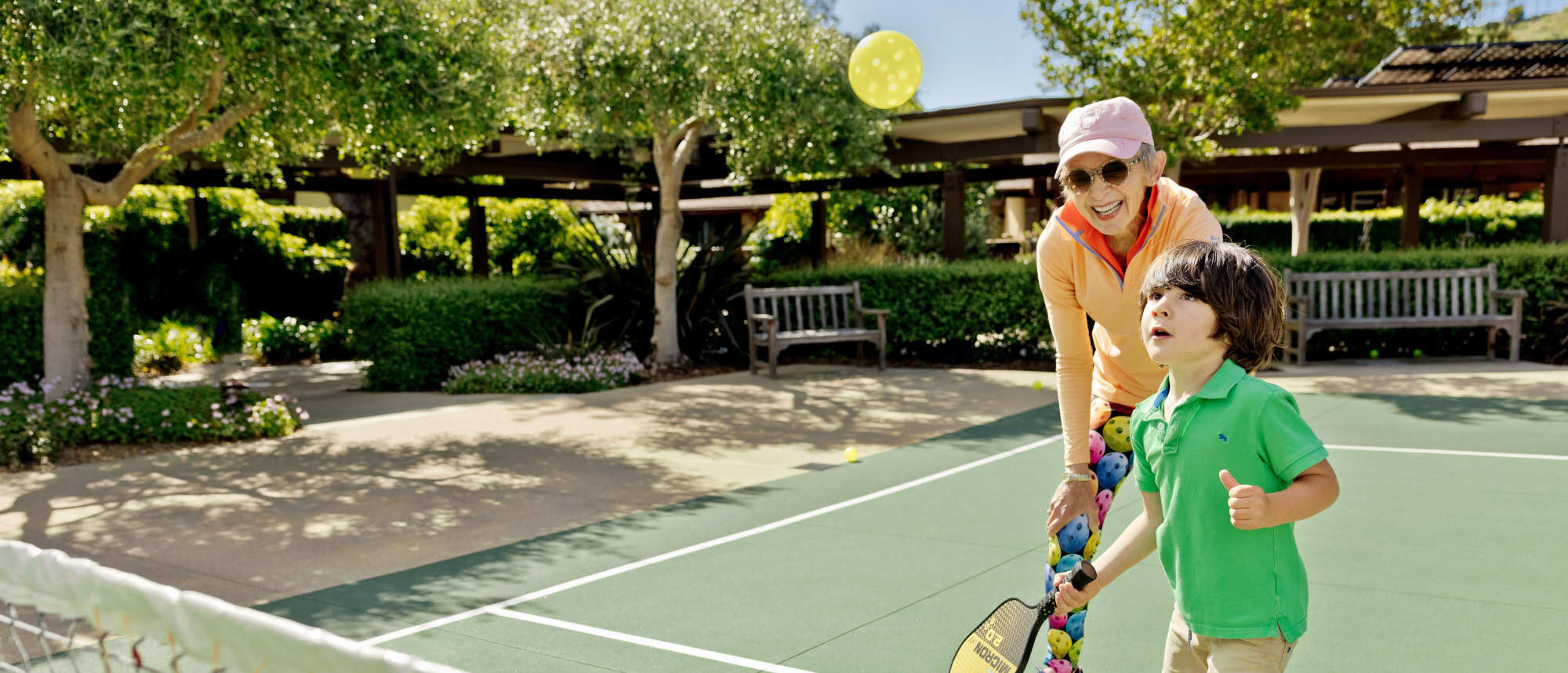
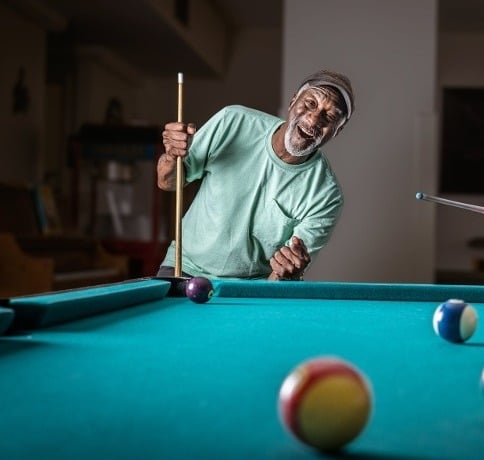


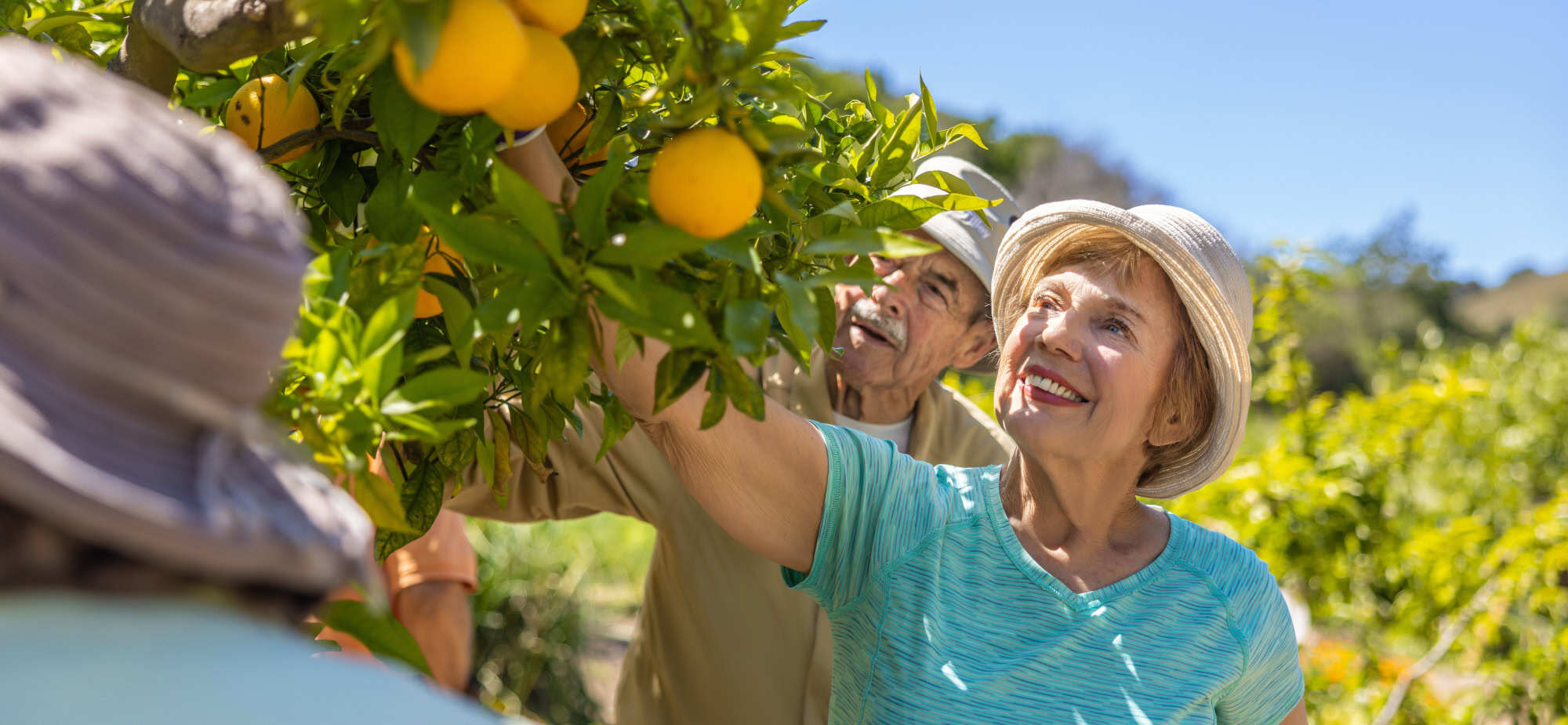



-382x200.jpg)
